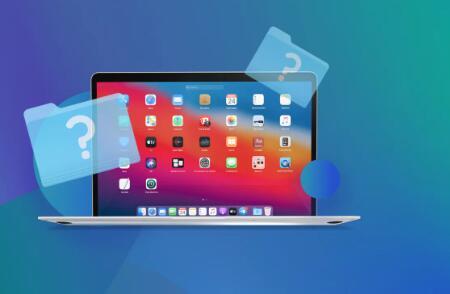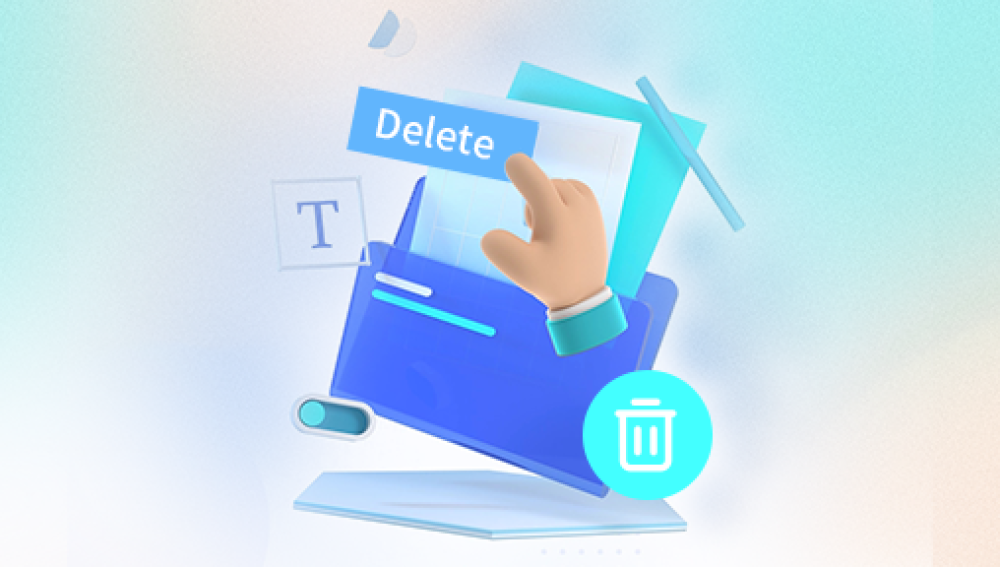Common Causes for Disappearing Desktop Items
1. Accidental Deletion or Movement
One of the simplest reasons for disappearing desktop items is accidental deletion or movement. Users might unintentionally drag items to another location or delete them without realizing it.
2. Finder Issues
The Finder, responsible for managing files and folders on macOS, can sometimes encounter glitches. A temporary issue with the Finder might make desktop items disappear.

3. Hidden Files
Files can become hidden due to certain system settings or user actions. If your items are hidden, they won't appear on the desktop, even though they haven't been deleted.
4. iCloud Drive Settings
macOS integrates closely with iCloud, and certain settings can affect the visibility of desktop items. If "Desktop & Documents Folders" is enabled in iCloud Drive, items might be moved to the cloud, causing them to disappear locally.
5. System Updates or Upgrades
Updating or upgrading macOS can sometimes cause desktop items to disappear temporarily due to changes in system settings or file locations.
6. Corrupted User Profile
A corrupted user profile can lead to various issues, including missing desktop items. This corruption might result from system crashes, software bugs, or malware.
7. External Drives and Network Locations
Files stored on external drives or network locations might not appear if these drives are disconnected or the network is unavailable.
8. File System Errors
File system errors, such as those in the APFS or HFS+ systems, can cause data to become inaccessible or disappear.
9. Third-Party Applications
Some third-party applications, especially those dealing with file management or desktop customization, can interfere with the normal operation of macOS, leading to disappearing items.
Troubleshooting and Solutions
1. Check Trash and Recent Items
Trash: Check the Trash to see if your items were accidentally deleted.
Recent Items: Use the Recent Items menu in Finder to see if the files were recently moved.
2. Restart Finder
Restarting the Finder can resolve temporary glitches:
Press Command + Option + Escape to open the Force Quit Applications window.
Select Finder and click on “Relaunch”.
3. Show Hidden Files
To reveal hidden files:
Open Finder and press Command + Shift + . (dot).
Check if your missing items appear.
4. iCloud Drive Settings
Verify iCloud Drive settings:
Go to System Preferences > Apple ID > iCloud.
Ensure "Desktop & Documents Folders" is unchecked if you prefer to keep files locally.
5. System Update Issues
If items disappear after a system update:
Reboot your Mac to see if the items reappear.
Check for any macOS updates that might fix known issues.
6. Check External Drives and Network Locations
Ensure that any external drives or network locations are connected and accessible:
Reconnect the external drive.
Ensure you are connected to the network.
7. Disk Utility Check
Run Disk Utility to check for file system errors:
Open Disk Utility (Applications > Utilities > Disk Utility).
Select your startup disk and click on “First Aid” to check and repair the disk.
8. Safe Mode
Booting into Safe Mode can help diagnose and fix issues:
Restart your Mac and hold the Shift key until the Apple logo appears.
Release the Shift key and log in. Check if the desktop items appear in Safe Mode.
9. Check for Third-Party Interference
If you suspect a third-party application:
Boot into Safe Mode and see if the issue persists.
Identify and remove or update any problematic applications.
10. Create a New User Profile
To determine if the issue is user-specific:
Go to System Preferences > Users & Groups.
Create a new user account and log in with it to see if the issue persists.
Prevention Tips
1. Regular Backups
Regularly back up your data using Time Machine or another backup solution to prevent data loss.
2. Keep Software Updated
Ensure macOS and all applications are up-to-date to avoid compatibility issues and bugs.
3. Organize Files
Keep your desktop organized and avoid cluttering it with too many files, which can help in easily identifying missing items.
4. Monitor System Health
Use built-in tools and third-party utilities to monitor the health of your system and address issues promptly.




